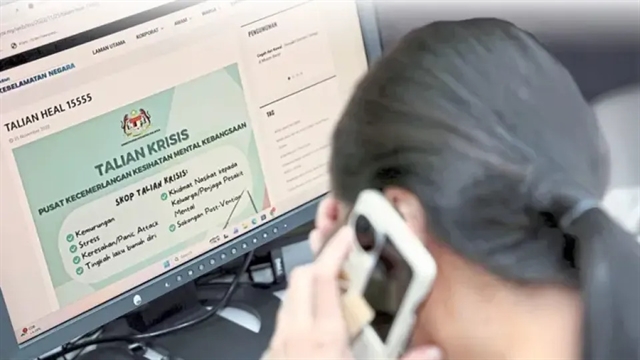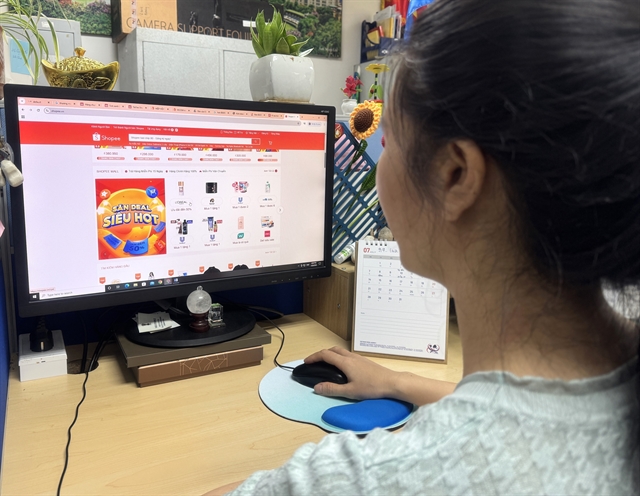 Society
Society

On August 9, Hong Ngoc General Hospital successfully organised the international workshop 'The Intraoperative use of C-arm Fluoroscopy in Orthopaedic Trauma Surgical Practice', gathering a distinguished panel of leading experts from around the world.
International workshop overview: uniting medical expertise from Việt Nam, Austria, Japan and China
The workshop featured the participation of medical technology company Siemens Healthineers, along with a team of experts from four renowned orthopaedic centres in Austria, Japan, Taiwan (China) and Việt Nam. With seven scientific presentations and two live surgeries, the workshop attracted the participation of over 100 healthcare professionals from both Việt Nam and abroad.
During the presentation sessions, experts provided updates on advanced techniques and modern treatment trends. They also emphasised the critical role of medical imaging in accurately identifying anatomical landmarks and guiding instruments during procedures like fracture fixation, spinal endoscopy and others.
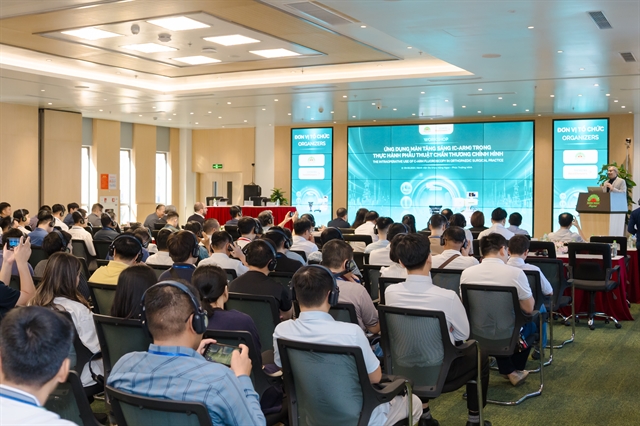 |
| A view of the workshop on the use of C-arm fluoroscopy in orthopaedic trauma surgical practice. Photo Hồng Ngọc General Hospital |
Associate Professor Trung Ha Kim, MD, PhD, deputy medical director at Hong Ngoc - Phuc Truong Minh General Hospital, stated: “ The workshop provided a valuable opportunity for orthopaedic surgeons to master and effectively integrate C-arm technology into the management of individual trauma cases. The programme marks a promising beginning for extensive future professional collaboration and serves as a driving force for our collective efforts to elevate Việt Nam’s orthopaedic trauma field to new heights.”
Professor Hiranaka Takafumi, MD, PhD, director of the Joint Surgery Centre at Takatsuki General Hospital in Japan said: “I believe it is very helpful because, in trauma surgery, the fracture site is a three-dimensional structure, which makes it challenging to understand the different orientations and relationships of the fracture fragments. Using this technology allows for easier visualisation, improves fracture fixation, shortens operation time and enables less invasive procedures for patients”.
Two live-streamed surgeries and updates on minimally invasive orthopaedic trauma surgery trends in Việt Nam
A key highlight of the workshop included two live surgeries broadcast directly from the operating room, which provided practical insights into the effective application of modern technology and techniques in orthopaedic trauma treatment.
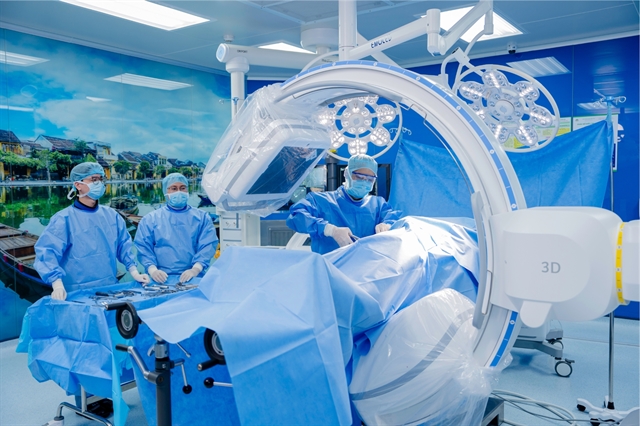 |
| Hong Ngoc General Hospital pioneers the application of next-generation 3D C-Arm technology. Photo Hồng Ngọc General Hospital |
The live-streamed percutaneous pedicle screw fixation surgery for the treatment of spinal degeneration, performed by Associate Professor Trung Ha Kim, MD, PhD along with the expert consultation of Professor Dr Dietmar Krappinger, PD, PhD, MBA, deputy director of the Level 1 Trauma Centre at Innsbruck Medical University in Austria, clearly demonstrated the outstanding advantages of the next-generation 3D C-Arm technology.
Patient V.T.K.O., 63, was diagnosed with multilevel lumbar spondylosis and disc herniation from L2/L3 to L5/S1, causing bilateral compression of the L5 and S1 nerve roots. Lumbar spine decompression and percutaneous pedicle screw fixation were required to relieve nerve compression and enable early mobilisation. Thanks to its high-fidelity 3D imaging capability, the C-Arm 3D technology with integrated AI features can automatically and precisely pinpoint the location of the lesion, helping surgeons safely and effectively place screws and guide surgical instruments, while avoiding damage to nerves and soft tissue. As a result, surgical time is shortened, invasiveness is minimised and the patient recovers more quickly and is discharged earlier.
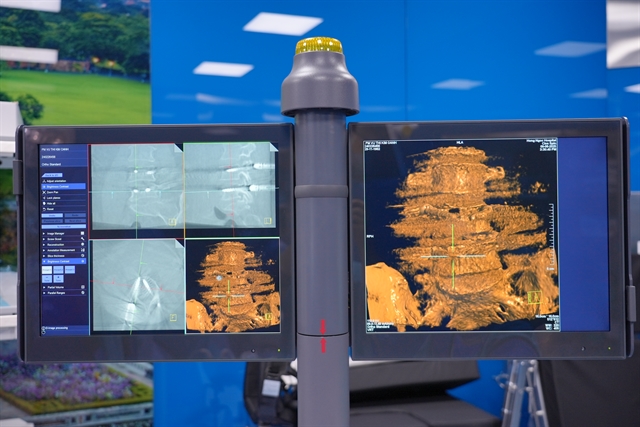 |
| 3D spinal imaging on an AI-integrated 3D C-Arm system. Photo Hồng Ngọc General Hospital |
Also at the event, a kinematically aligned, tendon- and muscle-sparing knee replacement was performed by Huy Le Quang, MD, PhD, head of the Department of Orthopaedics and Neurosurgery at Hong Ngoc - Phuc Truong Minh General Hospital and Professor Hiranaka Takafumi, MD, PhD. The surgery made a strong impression due to its optimised soft-tissue preservation technique.
Patient B.T.H., 73, was diagnosed with left knee osteoarthritis, accompanied by a posterior root tear of the medial meniscus and meniscal degeneration. Given this condition, Dr Huy indicated a knee replacement surgery using the kinematic alignment technique without cutting muscles or tendons. This advanced technique maximises soft tissue preservation and ensures precise alignment of the artificial knee joint with the natural axis of motion, resulting in a stable and balanced gait. It helps to minimise patient pain, enables early mobilisation within 1–2 days after surgery and reduces the risk of malalignment or dislocation.
The workshop on using C-Arm fluoroscopy in orthopaedic trauma surgery came to a successful close, delivering immense practical medical value from expert knowledge sharing to updates on modern technologies and techniques. Through this event, Hong Ngoc General Hospital once again confirmed its commitment to advancing modern medicine and its readiness to adopt and master technology, aiming to become a leading orthopaedic trauma centre of international standards in Việt Nam.



